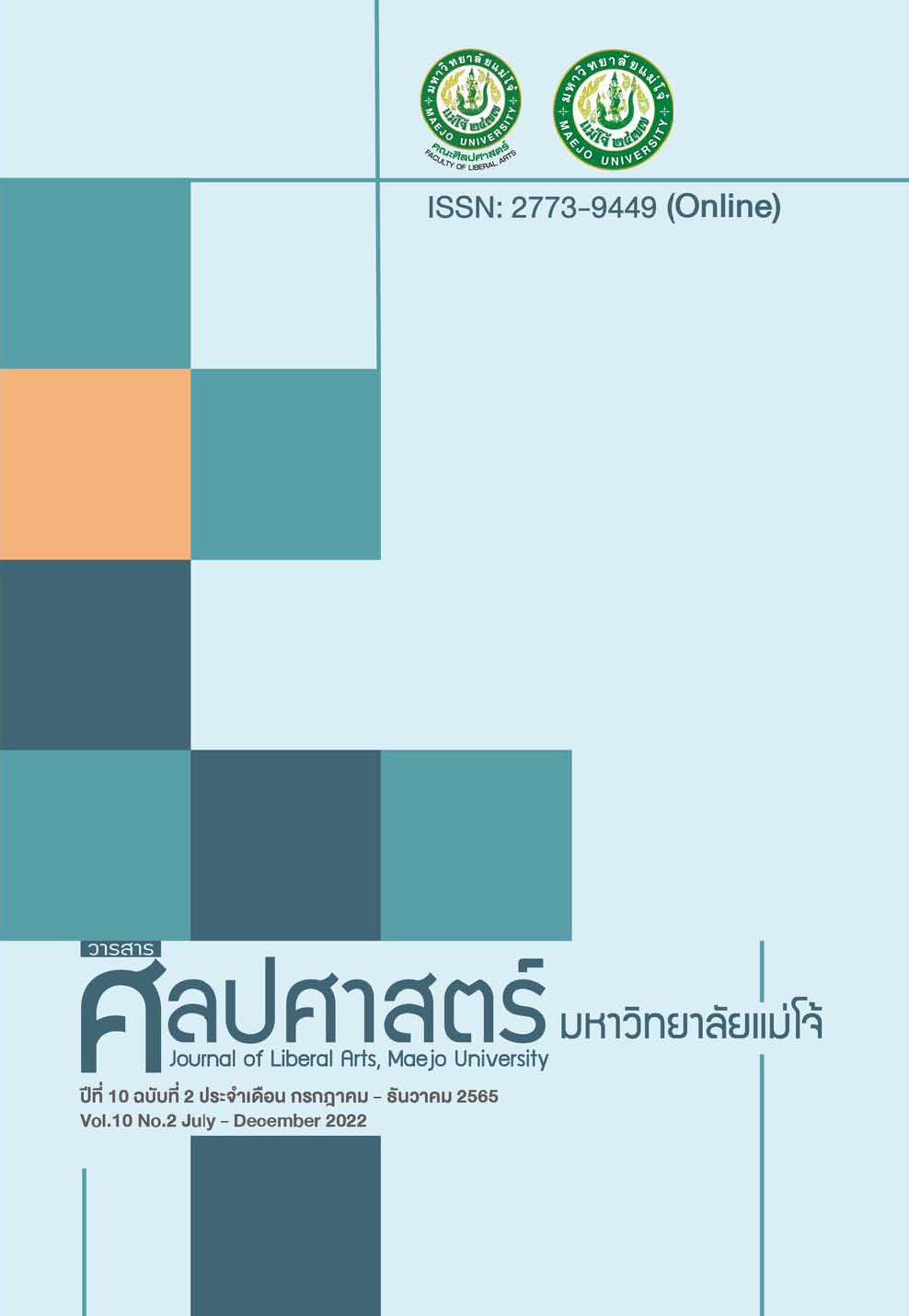Evolution of Indian Legal System: From the Ancient Period to the Colonial Period
Main Article Content
Abstract
As India is a country of the world’s oldest and most diverse cultures, India have been intensely observed by much of the world. The evolution of the Indian legal system is one of the most interesting issues and it is important for study of Indian history. This academic article aims to present the evolution of the India’s legal systems in the eras of Ancient India and Colonial India. Both periods were abundant with unique and significant legal phenomena that shaped India’s legal history. India’s legal system had been developed from a system of religious law into a more secular system. When India became a British colony, the Indian legal system was dramatically changed. Undoubtedly, the British Empire played a pivotal role in laying a legal foundation for India’s legal system. Interestingly, the Indian legal systems in both the Ancient India era and Colonial India era still have an significant influence on India’s present legal system as well.
Article Details

This work is licensed under a Creative Commons Attribution-NonCommercial-NoDerivatives 4.0 International License.
ต้นฉบับที่ได้รับการตีพิมพ์ในวารสารคณะศิลปศาสตร์ มหาวิทยาลัยแม่โจ้ ถือเป็นกรรมสิทธิ์ของมหาวิทยาลัยแม่โจ้ ห้ามนำข้อความทั้งหมดหรือบางส่วนไปพิมพ์ซ้ำ เว้นเสียแต่จะได้รับอนุญาตจากมหาวิทยาลัยฯ เป็นลายลักษณ์อักษรReferences
ชัตสุณี สินธุสิงห์, บรรณาธิการ. (2544). วรรณคดีทัศนา. (พิมพ์ครั้งที่ 3). กรุงเทพ: สำนักพิมพ์แห่งจุฬาลงกรณ์มหาวิทยาลัย.
พรหมคุณาภรณ์, พระ. (2552). กาลานุกรม: พระพุทธศาสนาในอารยธรรมโลก. (พิมพ์ครั้งที่ 3). กรุงเทพ: ผลิธัมม์.
พุทธรักษ์ ปราบนอก, พระมหา. (2540). การศึกษาเปรียบเทียบแนวคิดเรื่องพระพรหมในคัมภีร์อุปนิษัทและคัมภีร์พระสุตันตปิฏก. วิทยานิพนธ์อักษรศาสตร์มหาบัณฑิต สาขาวิชาภาษาสันสกฤต ภาควิชาภาษาตะวันออก บัณฑิตวิทยาลัย มหาวิทยาลัยศิลปากร.
ราชบัณฑิตยสถาน. (2548). พจนานุกรมศัพท์ศาสนาสากลอังกฤษ-ไทย. (พิมพ์ครั้งที่ 2). กรุงเทพ: อรุณการพิมพ์.
สาวิตรี เจริญพงษ์. (2545). ภารตารยะ: อารยธรรมอินเดียตั้งแต่สมัยโบราณจนถึงหลังได้รับเอกราช. (พิมพ์ครั้งที่ 2). กรุงเทพ: โครงการเผยแพร่ผลงานวิชาการ คณะอักษรศาสตร์ จุฬาลงกรณ์มหาวิทยาลัย
แสส, อีริค และ ไวแกนด์, สตีฟ. (2562). ประวัติศาสตร์โลกฉบับไม่ง่วง. แปลโดย สุวิชชา จันทร. (พิมพ์ครั้งที่ 3). กรุงเทพ: เดย์ โพเอทส์.
Andaya, Barbara Watson and Andaya, Leonard Y. (2015). A History of Early Modern Southeast Asia, 1400-1830. (the 3rd ed.). London: Cambridge University Press.
Bhattacharee, Arun. (1988). A History of Modern India (1707-1974). New Delhi: Ashish Publishing House.
Dowson, John. (2005). A Classical Dictionary of Hindu Mythology and Religion: Geography, History and Literature. (the 2nd ed.). New Delhi: D.K. Printworld.
Ferrari, Silvio; QC, Mark Hill; and Jamal, Arif A. (2020). Routledge Handbook of Freedom of Religion and Belief. London: Routledge.
Hartog, Lady. (1945). India in Outline. (the 2nd ed.). London: Cambridge University Press.
Hussain, Nasser. (1995). The Jurisprudence of Emergency: Sovereignty and the Rule of Law in British India. California: UMI Dissertation Services.
Mittal, J.K. (1980). An Introduction to Indian Legal History. Allahabad: Allahabad Law Agency.
Osborne, Milton. (2009). Southeast Asia: An Introductory History. (the 12th ed.). Sydney: Allen & Unwin.
Page, Melvin E. (2003). Colonialism: International Social, Cultural, and Political Encyclopedia. (Volume 1). Oxford: Abcoclio.
Panikkar, K.M. (1954). A Survey of Indian History. Bombay: Asia Publishing House.
Smith, Vincent A. (1992). The Oxford History of India. New Delhi: Oxford University Press.
Snow, Peter. (2018). History of the World: Map by Map. London: Penguin Random House.
Steinbach, Susie, L. (2017). Understanding the Victorians: Politics, Culture, and Society in Nineteenth-century Britain. (the 2nd ed.). London: Routledge.

